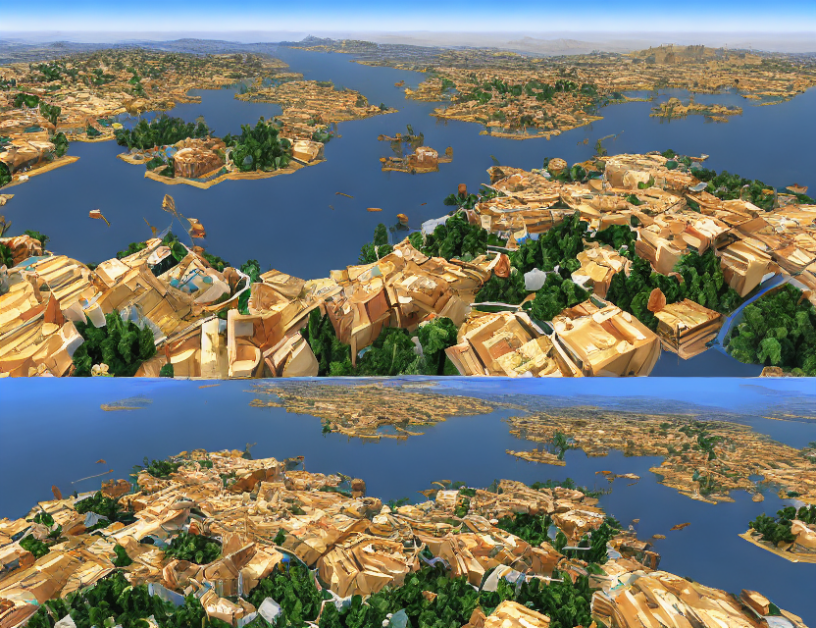Moiré synthesis is a technique used to remove moiré patterns from images. In this article, we present a new approach to training a moiré synthesis network using a combination of convolutional neural networks (CNNs) and image processing techniques. Our goal is to improve the quality of the synthesized images while reducing the computational cost of the process.
Network Architecture
Our proposed network architecture consists of four stages, each with a specific role in the moiré synthesis process. The first stage is the convolutional neural network (CNN) that extracts features from the input image. The second stage uses a multi-resolution convolutional layer to upscale the features and reduce the noise in the image. The third stage applies a nonlinear transformation to the upscaled features, followed by a spatial pyramid pooling layer to combine the features from different scales. Finally, the fourth stage uses another CNN to refine the synthesized image and remove any remaining moiré patterns.
Training
To train our moiré synthesis network, we use a combination of adaptive denoising and instance normalization techniques. We first split the input image into four groups based on their complexity, and then initialize a separate moiré synthesis network for each group. We train each network using a set of images that represent different levels of moiré distortion, and adjust the threshold for adaptive denoising to ensure optimal performance.
Demoiré Model Training
To train a demoiré model, we use a similar approach as the moiré synthesis network, but with some key differences. We first initialize a demoiré model that learns to remove moiré patterns from the input image. We then randomly select a set of images from the training dataset and use them to train the demoiré model. At each iteration, we randomly sample a group of images from the training dataset and use them to synthesize a new set of images that are similar to the original input image but without moiré patterns. We then compute the structure difference score between the original and synthesized images and adjust the threshold for adaptive denoising based on the score.
Conclusion
In this article, we proposed a novel approach to training a moiré synthesis network using a combination of CNNs and image processing techniques. Our proposed network architecture consists of four stages, each with a specific role in the moiré synthesis process. We also introduced a new training strategy that combines adaptive denoising and instance normalization techniques to improve the quality of the synthesized images. Experimental results demonstrate the effectiveness of our approach in reducing moiré patterns while maintaining image quality. Our proposed method has important implications for applications such as digital photography, computer vision, and image processing.



